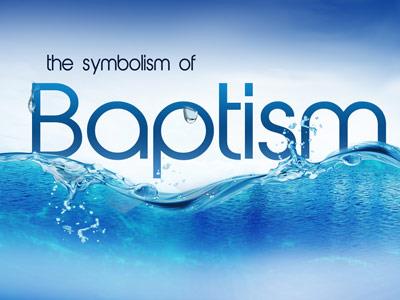-
A Dress Code For The Church
Contributed by W Pittendreigh on Nov 28, 2017 (message contributor)
Summary: Clothing ourselves with the proper Christian attitudes
(Note: This sermon was delivered on November 30th, St Andrews Day, which was observed with a Kirkin’ O’ The Tartans at Good Shepherd Presbyterian Church).
As a true Scott, I love any opportunity to wear my kilt and to celebrate a part of my family heritage.
There is something about the clothing we wear that has an impact on the way we feel about ourselves.
I have noticed in recent years, as you may have also noticed, that there is a growing trend toward stricter dress codes in schools.
In fact, in many schools, especially the private schools, there is a move toward requiring uniforms. Even many preschools and kindergartens have adopted uniforms.
The uniforms are usually very simple. A shirt with an academy logo on it, with a certain style and color pants or dress.
And yet, as simple as the uniform was, one teacher told me that the first year her school started using uniforms, there was a change in the students.
They were calmer.
They were better behaved at the first of the year.
Was it the uniforms that made the difference? Maybe. A lot of the teachers thought so.
There is a dynamic relationship between what you wear and what you are.
Put on a kilt, and you feel connected to your heritage and ancestors.
Put on a highway patrol uniform with one of those flat rimmed hats, and no matter who you are, you suddenly project an air of authority.
Put on a nurses uniform, and you project something that enables people to trust you, even though they may never have met you.
As the old saying says, “The clothes make the man.”
St. Paul would agree.
He tells the Colossians to put on a very specific style of uniform.
He begins by telling us that there is a unity in the church. Our opening hymn proclaimed, “In Christ there is no East or West.” It is a concept that comes from our reading in Colossians when Paul said, “there is no Greek or Jew, circumcised or uncircumcised, barbarian, Scythian, slave or free, but Christ is all, and is in all.”
He could have been preaching to us at Good Shepherd. “There is no Anglo or Hispanic. There is no Black or White. There is no white collar worker or blue collar worker. There is no Scott or English or Mexican or African. But Christ is all, and is in all.”
Christians are united in such a way that no matter what else may divide us, Christ unites us.
Paul tells the Colossians that Christians should be united, and then he tells us to put on the uniform -- “clothe yourselves with compassion, kindness, humility, gentleness and patience.”
The uniform of the Christian is a set of attitudes.
Now when we clothe ourselves, we project an image.
And Paul wants us to project an image as we clothe ourselves with these attitudes.
There are five items in the Christian wardrobe – compassion, kindness, humility, gentleness and patience.
We could go through each of these five items and study it and unravel it – and we could learn a lot about how to live the Christian life.
In fact, we could spend weeks on compassion.
We could spend months on kindness.
We could spend a lifetime studying humility. Of course, we would probably spend only ten minutes studying patience because we’re in too big of a hurry.
But if you look at each one of these items that Paul says we need to clothe ourselves in, they all boil down to only one uniform.
And that’s love.
Every one of these items is simply a characteristic of love.
In fact, if you have your Bibles handy, turn to I Corinthians 13.
The subject of that chapter is, of course, love.
Paul begins this great chapter by saying, “If I speak in the tongues of men and of angels, but have not love, I am only a resounding gong or a clanging cymbal.” And Paul continues by talking about the importance of love.
Love is central to everything in the Gospel. You cannot live the Christian life without living a life that seeks to master the ability to love other people.
When Jesus was asked, what are the two great commandments, his answer was love. (Matt 22:37-40) Love God, and love your neighbor as yourself.
When the Apostle John was an old man, perhaps the last living Apostle, he lived in Ephesus, and legend has it that the people of the church would often invite him to speak.
This old man who knew Christ personally, in the flesh, could have risen to share some parable that is not recorded in the Gospel. John could have told about a miracle that the Gospel writers didn’t mention. But no. Instead at the end of his life, the only thing this man found worthwhile to preach about was a little one sentence sermon. “Little children, love one another.”

 Sermon Central
Sermon Central



